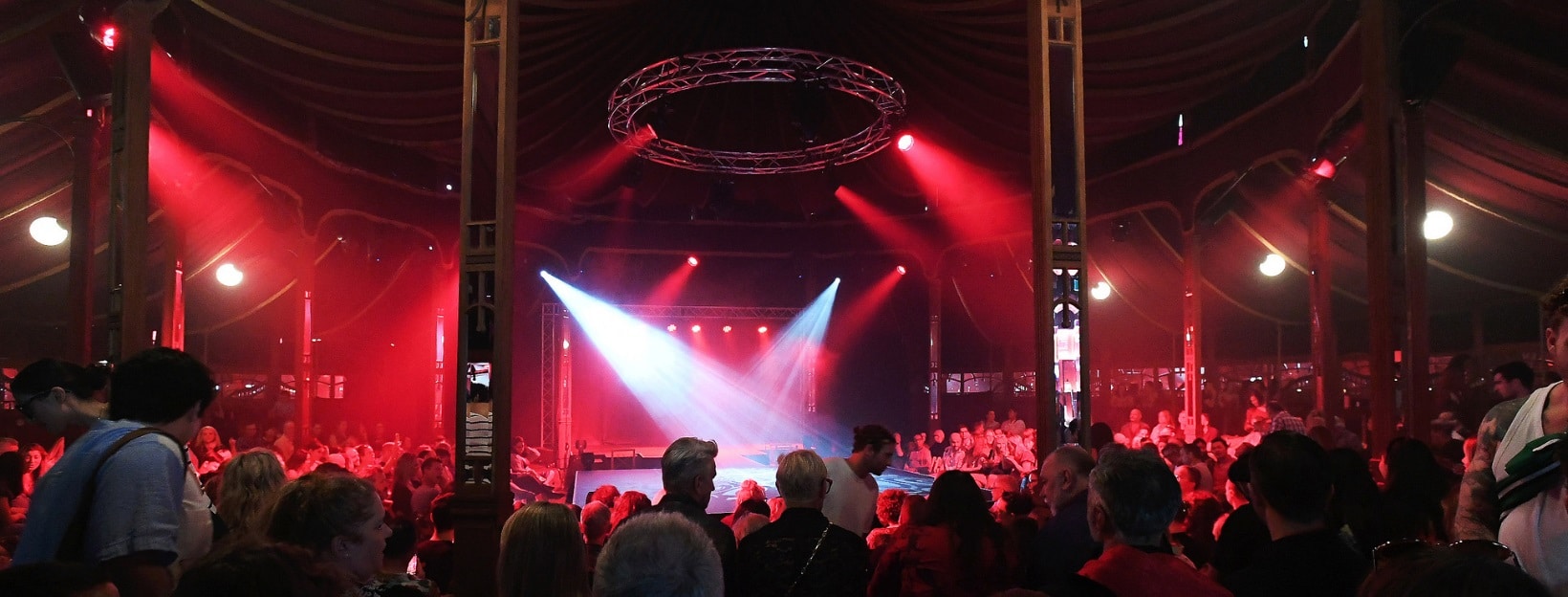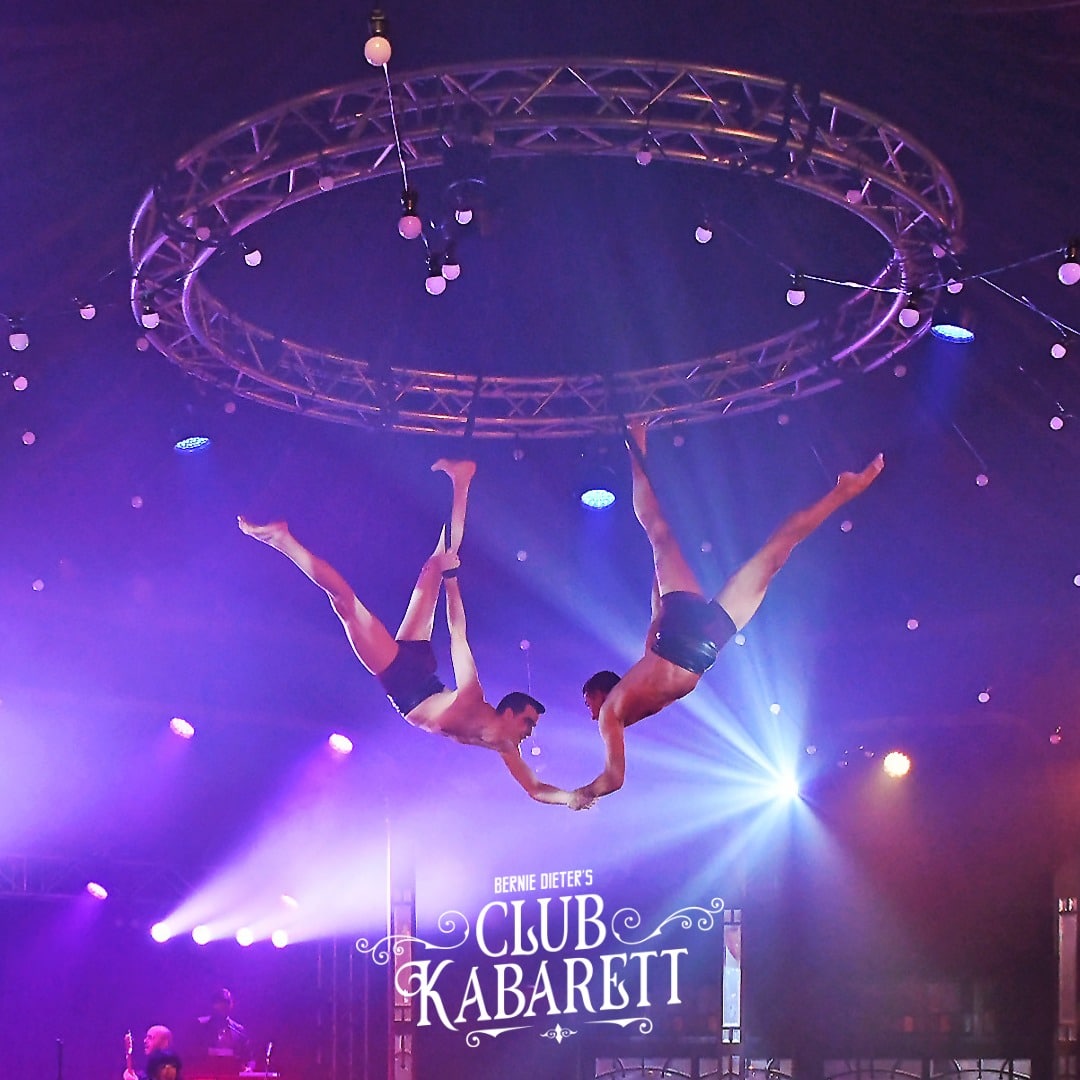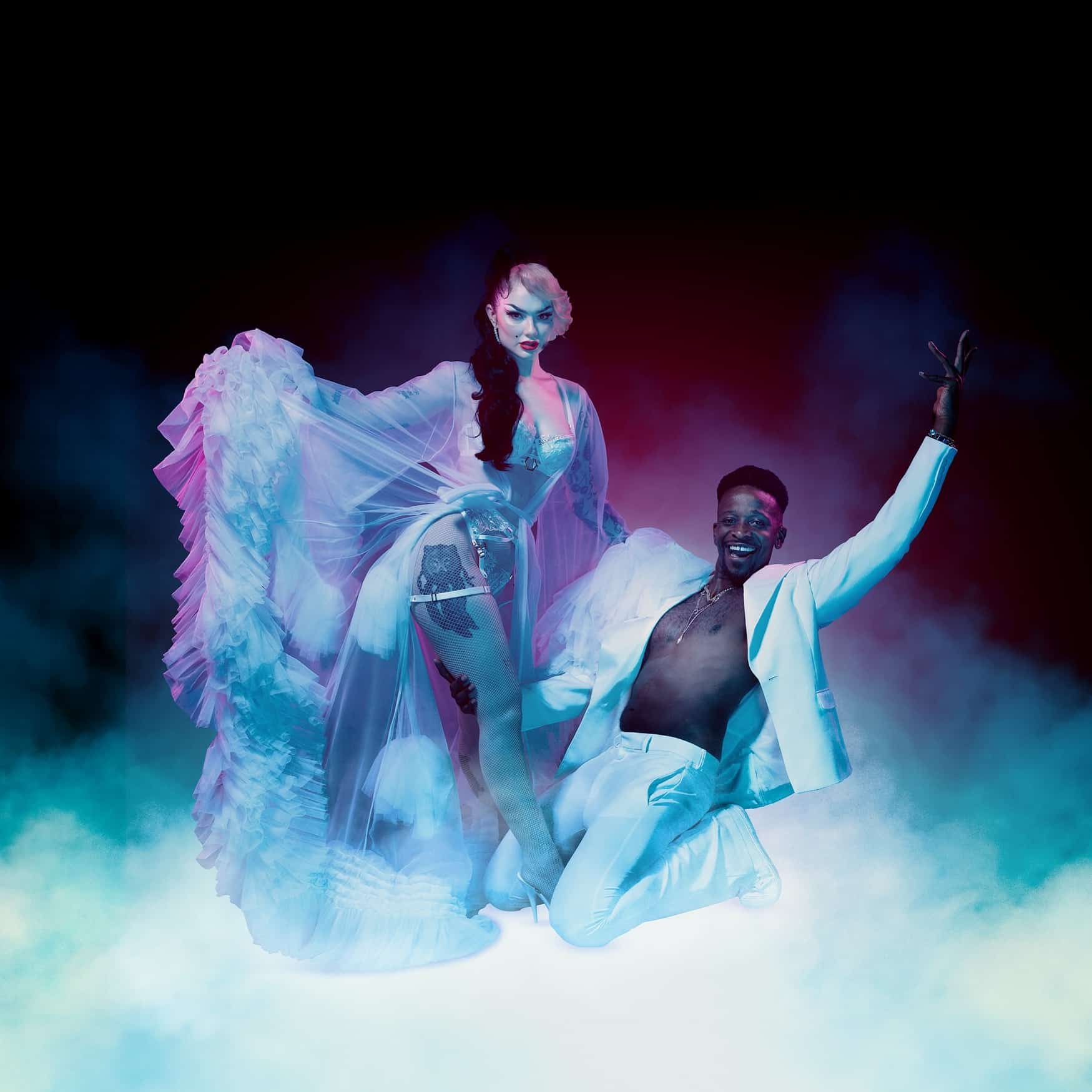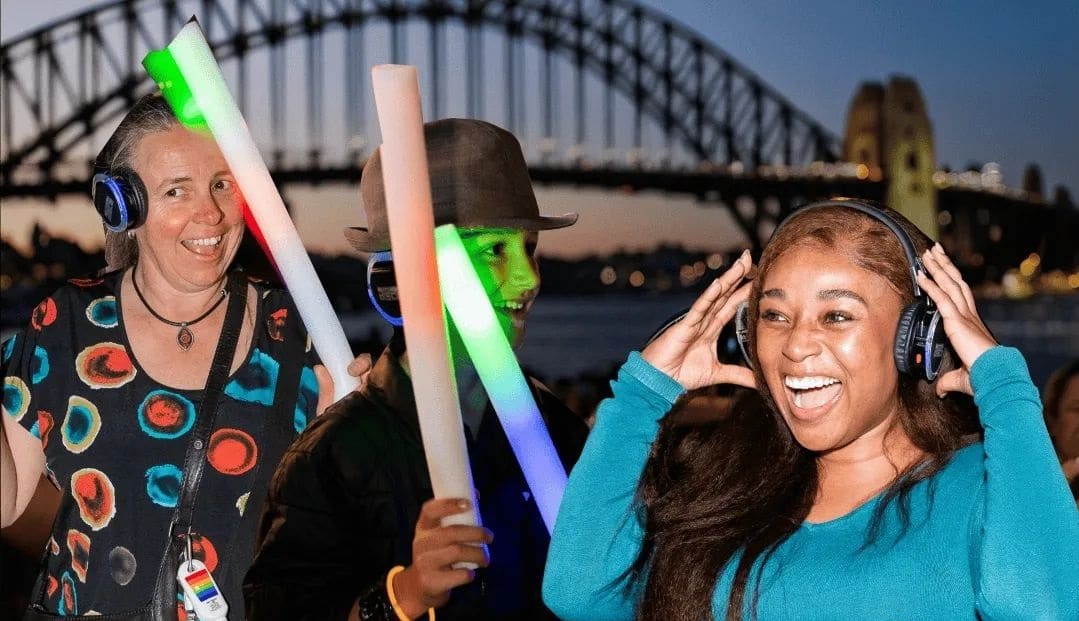Director David Trueba says of his film Jokes and Cigarettes – “This is a film about humour, and about survival. Eugenio was one of the most popular comedians of the Transition. Everything about his appearance was at odds with humour: a serious man, with no gestures, hiding behind tinted glasses and a black shirt, with a lit cigarette behind a microphone, who would be the one to make a whole country laugh. But… what was hidden inside him?”
Directed and written by multiple Goya Award winner David Trueba and starring David Verdaguer in a virtuoso performance, Jokes and Cigarettes tells the story of the famous Catalan comedian Eugenio, the chain-smoking comedian known for his deadpan delivery, his smoked glasses and his trademark total black attire. It concentrates on his formative years as a comedian during the 60s and 70s, where he became a fixture on the TV sets of every Spaniard.
Barcelona, late 1960s. A young jeweller named Eugenio meets Conchita on a bus and it is smitten. Eugenio learns to play guitar to follow Conchita a singer, and, despite stage fright, they start to play together. When Conchita leaves Barcelona for two weeks, she convinces Eugenio to perform solo and Eugenio becomes a phenomenon in the city’s underground comedy scene. Helped by Conchita, he creates his comedy ego–the dark glasses, the black shirt, the barstool, the cigarettes and the high ball glass–the character that would soon become an unexpected success.
The producer Edmon Roch recalls, “I remember when I went to see the comedian who made people laugh before he’d even opened his mouth. I was ten years old, and I could see my parents laughing their heads off at the sight of this tall man sitting on a stool, stretching out his every movement with an unperturbed gesture before he started to speak. There was a liturgy, an expectation, a palpable ritual. Later, when I discovered Buster Keaton, I thought of Eugenio’s unflappable face, he’s still present in our memory and his humour lives on.”
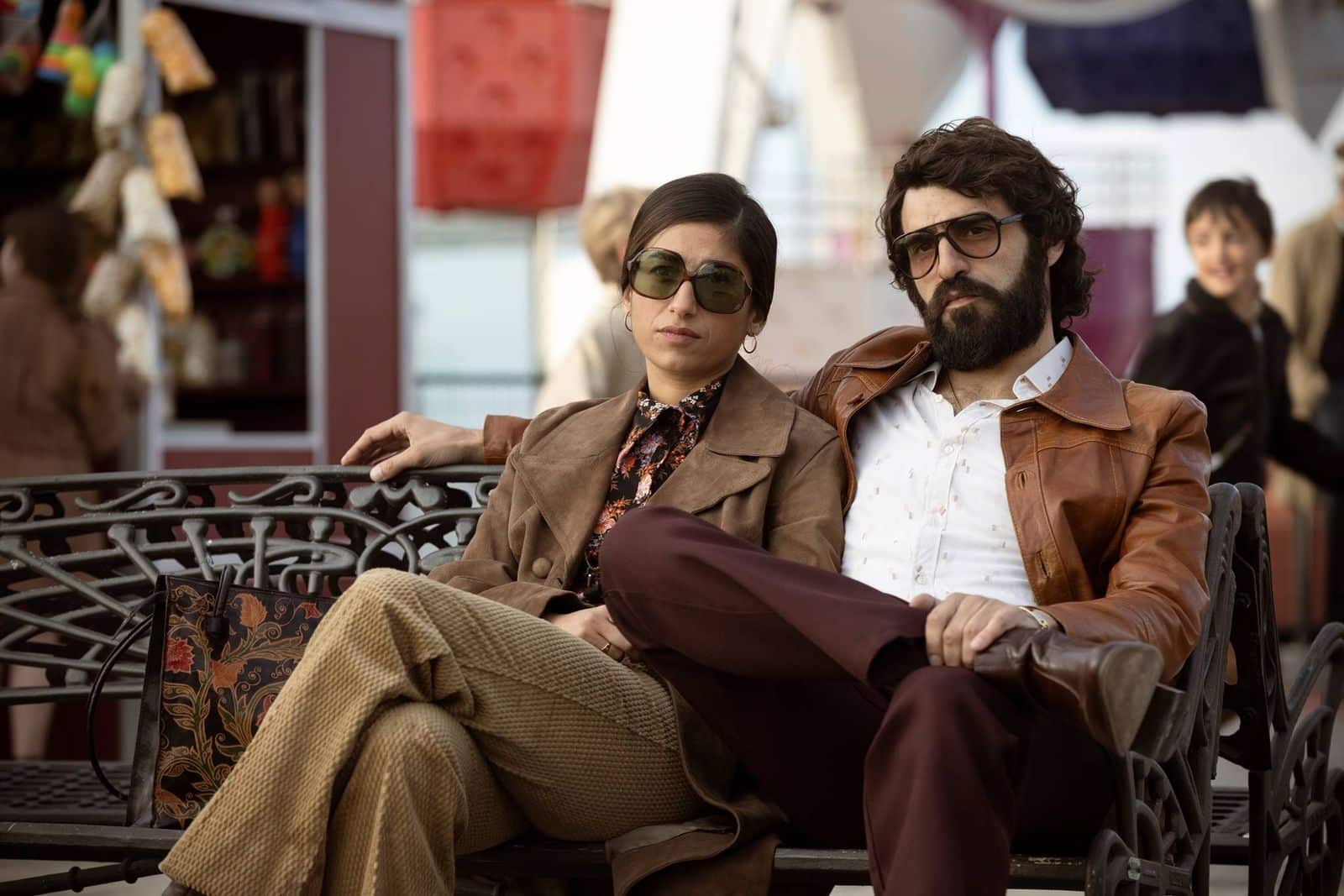
David Verdaguer delivers a totally believable performance as Eugenio. His deadpan delivery as a comedian is perfection contrasting with his love for his wife and son. I particularly enjoyed the scene where he drops in on his son’s school concert, surprising his son who is doing an impersonation of his father’s comedy act.
Carolina Yuste is compassionate, loving and also totally believable as Eugenio’s wife, Conchita. Her early scenes with Verdaguer are a joy to watch and her death scene is a tearjerker.
Beautifully photographed, Jokes and Cigarettes also has a magical soundtrack of 60s and 70s Catalan music.
Jokes and Cigarettes is a film about humour and survival that explores what was hiding behind that serious man that made a whole country laugh!

